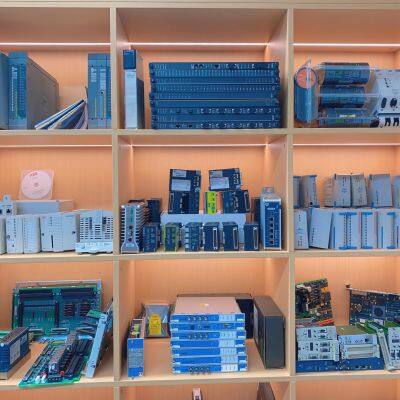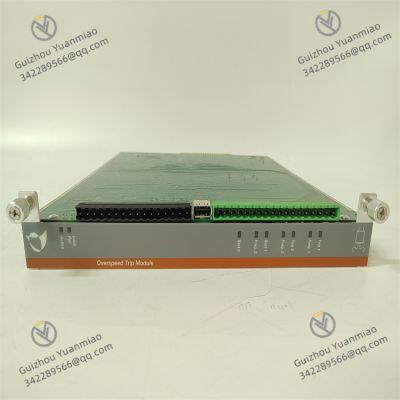METSO IOP345 Digital Input Module
- T/T PayPal Western Union
You May Like
Product Details
| Material | Other, Global universal model | Condition | Other, Global universal model | |
| Task | Other, Global universal model | Mathematical Model | Other, Global universal model | |
| Signal | Other, Global universal model | Customized | Non-Customized | |
| Structure | Other, Global universal model | Supply voltage | 24VDC | |
| Operating temperature | -40°C to +85°C | Dimensions | 17cm x 10cm x 3cm |
Product Description
Company Profile

Main products: Covering globally renowned brands: Bently Nevada, Triconex, Woodward, Foxboro, Westinghouse, Reliance, Schneider Modicon, ABB, AB (Allen-Bradley), Motorola, GE Fanuc, Yaskawa, Bosch Rexroth Rexroth, ACSO, YOKOGAWA, Rexroth, NI, ICS Triplex, Kollmorgen, Mitsubishi, MOOG, Emerson, B&R B&r, SST, ALSTOM, KUKA EPRO, LAM HIMA dark Horse, HONEYWELL, prosoft, AMAT, SIEMENS, etc. The product categories include: DCS system accessories, robot system spare parts, large servo system spare parts, etc., which are widely used in power, chemical, metallurgy, intelligent manufacturing and other fields.
Contact Us

- Guizhou Yuanmiao Automation Equipment Co., Ltd.
- Contact nameyezi Chat Now
- AddressXixiu District, Anshun, Guizhou
Product Categories
New Products
-
Allen-Bradley 1746-BAS SLC 500 SLC BASIC Module
-
Allen-Bradley 1746-HS Motion Control Module
-
Allen-Bradley 1746-HSCE SLC 500 High-Speed Counter Module
-
Allen-Bradley 1746-IB16 Original Packaging Module
-
Allen-Bradley 1746-IB32 Digital DC Input Module
-
Allen-Bradley 1746-IM16 Digital AC Input Module
-
Allen-Bradley 1746-IN16 Sinking Input Module
-
Allen-Bradley 1746-ITB16 PLC I/O Module
-
Allen-Bradley 1746-IV16 Digital Input Module
-
Allen-Bradley 1746-NI4 Analog I/O Module
-
Allen-Bradley 1746-NI16I Analog I/O Module
-
Allen-Bradley 1746-NIO4I Analog Combination Module
-
Allen-Bradley 1746-NO4V Standard Analog Voltage Output Module.
-
Allen-Bradley 1746-NT8 Thermocouple/mV Analog Input Module
-
Allen-Bradley 1746-OA16 Digital AC Output Module
-
Allen-Bradley 1746-OB16 Discrete Output Module
-
Allen-Bradley 1746-OB32 32 Channel Digital Output Module
-
Allen-Bradley 1746-OV16 Point Digital Output Module
Find Similar Products By Category
- Electrical & Electronics > Electrical Control System
Product Tags:
- Please Enter your Email Address
- Please enter the content for your inquiry.
We will find the most reliable suppliers for you according to your description.
Send Now-
 yezi
Hi there! Welcome to my shop. Let me know if you have any questions.
yezi
Hi there! Welcome to my shop. Let me know if you have any questions.
Your message has exceeded the limit.

- Contact supplier for lowest price
- Customized Request
- Request Sample
- Request Free Catalogs
Your message has exceeded the limit.
-
Purchase Quantity
-
*Sourcing Details
Your inquiry content must be between 10 to 5000 characters.
-
*Email
Please enter Your valid email address.
-
Mobile





